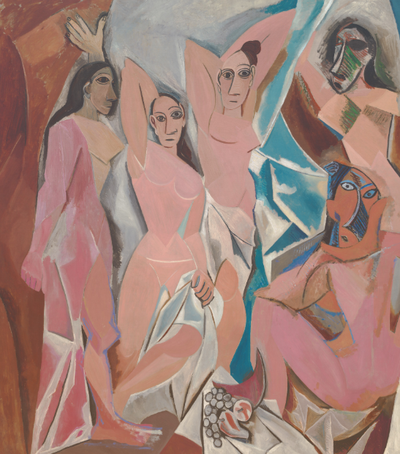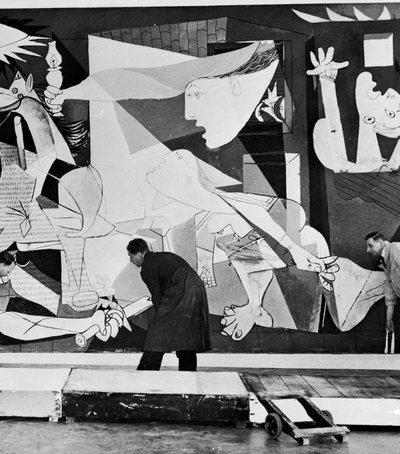
One of the most famous works of surrealist art, The Persistence of Memory by Salvador Dalí is a fascinating reflection on the nature of time and human perception. Created in 1931, this painting has entered art history as a visual symbol of the absurdity of linear time and the way the human mind experiences it in dreams and the subconscious.
Key points of interpretation:
General view of the work:
The painting depicts a bleak and desolate landscape, reminiscent of the Catalan area where Dalí spent his childhood.
In this peaceful yet strange setting, soft, molten clocks are placed on branches, stones, and unusual objects – as if to challenge the idea of ??unchanging and stable time.
Symbolism of melted watches:
Watches are no longer precise measuring instruments, but have become deformed, have become liquid – as if they were dreams or memories that slip away.
This represents the transience of time, the idea that time is not absolute, but is experienced differently in different emotional or mental states.
The influence of Freud's psychoanalysis:
Dalí was deeply influenced by Sigmund Freud's theories, particularly those related to dreams, the subconscious, and the expression of hidden desires.
The painting can be interpreted as a visual journey into the human psyche, where time is not linear, but fluid, subjective and influenced by emotions.
Other symbols in the work:
The ants, which appear above one of the clocks, were used by Dalí to express the decay, decay, and ruin of enduring values.
The pale figure in the center, often interpreted as a melted self-portrait of the artist, is a deformed body sleeping in a dream state – another element that emphasizes the separation from objective reality.
Surrealist style:
The work is one of the most powerful representatives of surrealism, a movement that aimed to reveal the unconscious through art, breaking traditional logic and the rules of reality.
Dalí uses a hyper-realistic technique to paint an irrational world – a contrast that makes the work even more powerful visually and conceptually.
Influence and legacy:
The Persistence of Memory is today one of the most well-known and most reproduced works of art of the 20th century.
It is located at the Museum of Modern Art (MoMA) in New York and continues to inspire artists, psychologists and philosophers in their reflections on time and the human experience.
“The Persistence of Memory” is more than a painting about clocks – it is a poetic reflection on how we feel time, how we remember it, how we deform it and how we live it within ourselves. Dalí, with his unique style, has created a visual language of the subconscious, where time flows, transforms and challenges us to think beyond what is “measurable”.





